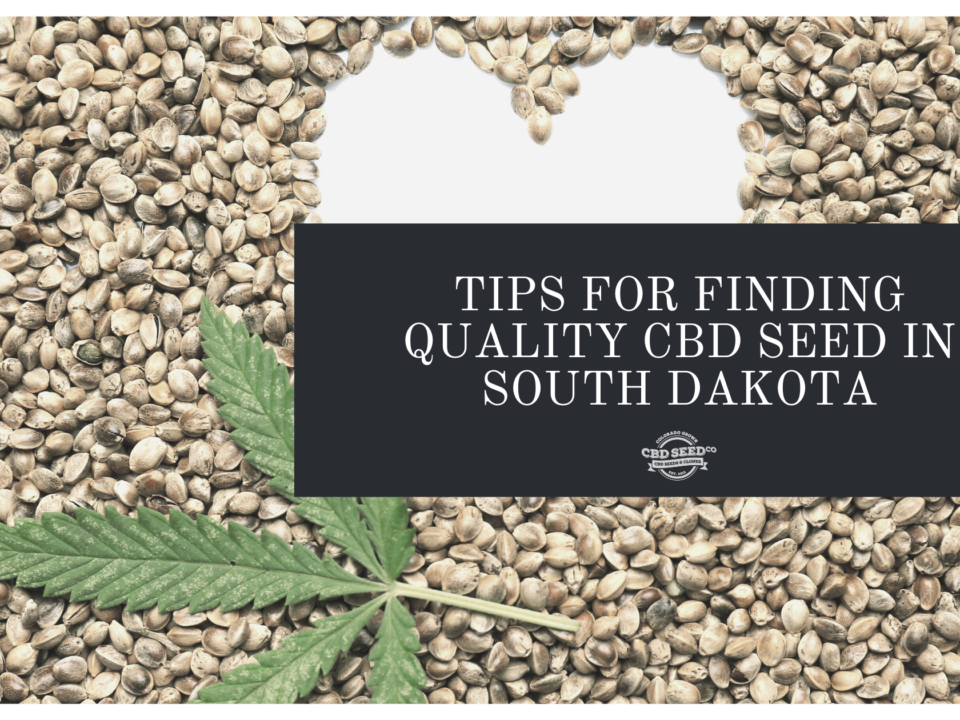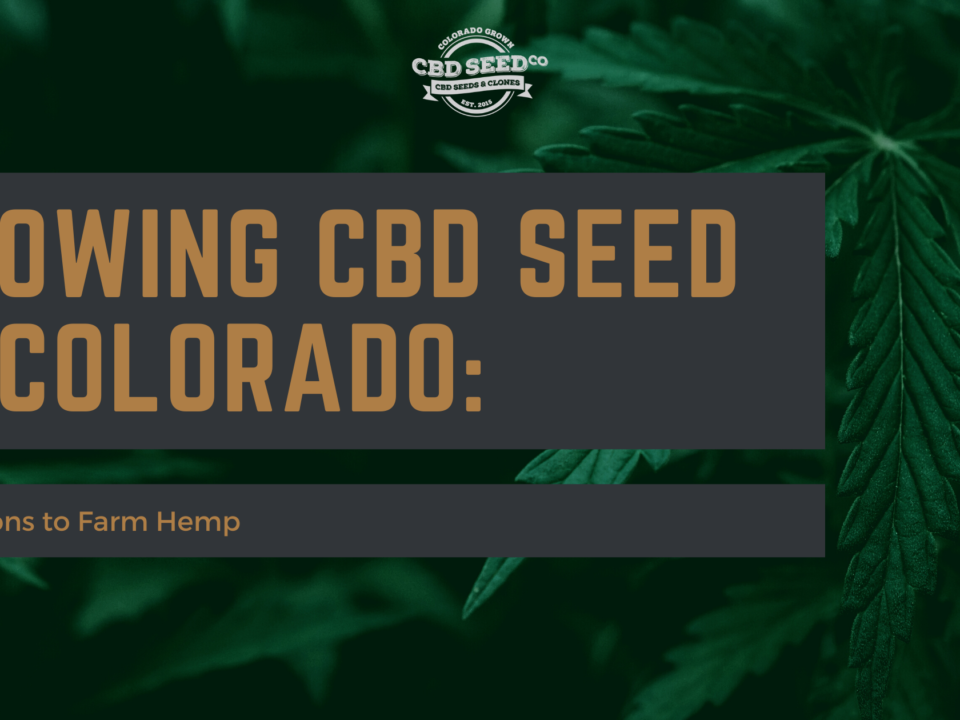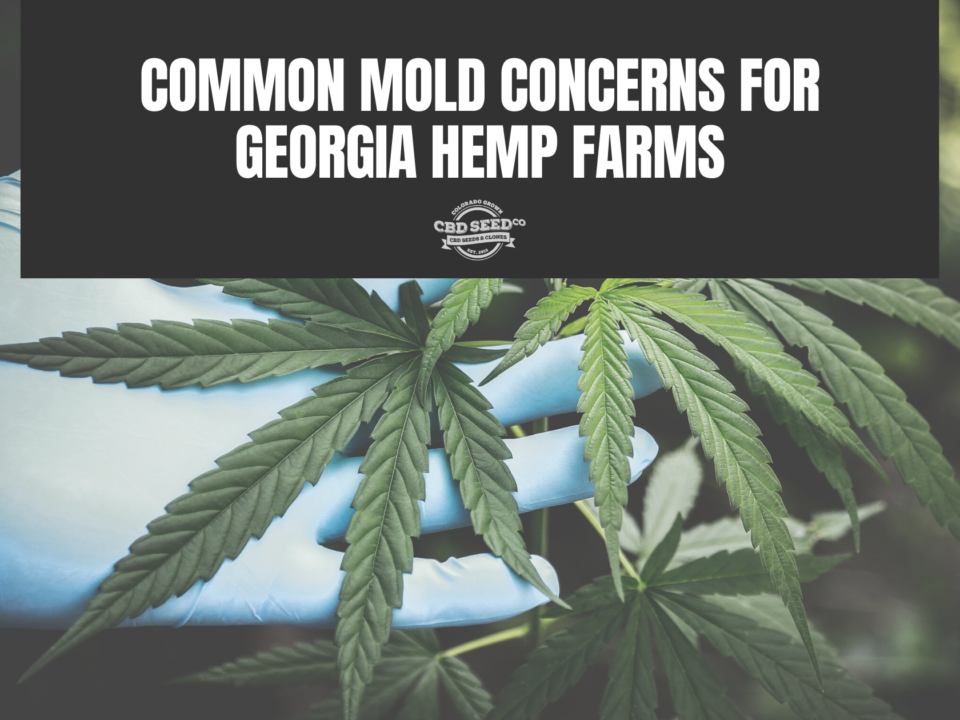Mold Prevention for Growing CBD Seed In New Hampshire

Growing CBD Seed In Missouri: Hemp Farming Equipment
November 12, 2020
Tips for Maximizing Profits for Growing CBD Seed In New Jersey
November 12, 2020Farmers interested in growing hemp can apply for licensing through the New Hampshire hemp regulatory program. While hemp has been renowned for its low maintenance cultivation needs, there is still one thing you’ll need to look out for: mold. When it comes to hemp cultivation, there are certain molds that you’ll have to keep an eye out for. While most are treatable, the best approach is the preventative one. For farmers growing CBD seed, here are the molds that you’ll need to keep an eye out for.
Common Hemp Molds to Watch When Growing CBD Seed In New Hampshire
- White mold: Characterized by the dark brown lesions it creates on stems, white mold makes your crops brittle and easy to break.
- Gray mold: If you have plants with open wounds, they can be more susceptible to gray mold. The gray-brown or brown spots are a good way to spot this type of mold on hemp flowers. Another symptom of gray mold is yellow discoloration on stems. This type of mold can destroy your hemp flower.
- Powdery mildew: Powdery mildew isn’t a huge concern for New Hampshire due to lower humidity levels but is still a threat. If you see white flour dusted across your plants, you might have this type of mold. It can also create yellow-to-brown ascomata.
- Sooty mold: Named after its appearance, sooty mold looks like a fine layer of soot across the leaves of your plants. While sooty mold doesn’t directly impact your hemp, it does feed off of the common pests that call it home. Sooty mold can disrupt photosynthesis since it covers the leaves, leading to growing concerns.
- Fusarium: This notorious mold is known for its capability of destroying an entire crop. It can attack really fast and works by targeting your hemp at the roots. Fusarium infections often aren’t curable and won’t show symptoms until it’s too late.
Work With New Hampshire’s Trusted CBD Seed Company
CBD Seed Co. is honored to be the trusted CBD seed company serving the state of New Hampshire. Our team is always happy to help you prepare with mold concerns. It’s best to create a preventative strategy that eliminates the key things mold need to thrive. Prevention techniques that address moisture, humidity, darkness, and stagnant air are always best. For more information regarding mold treatment, please contact us!





